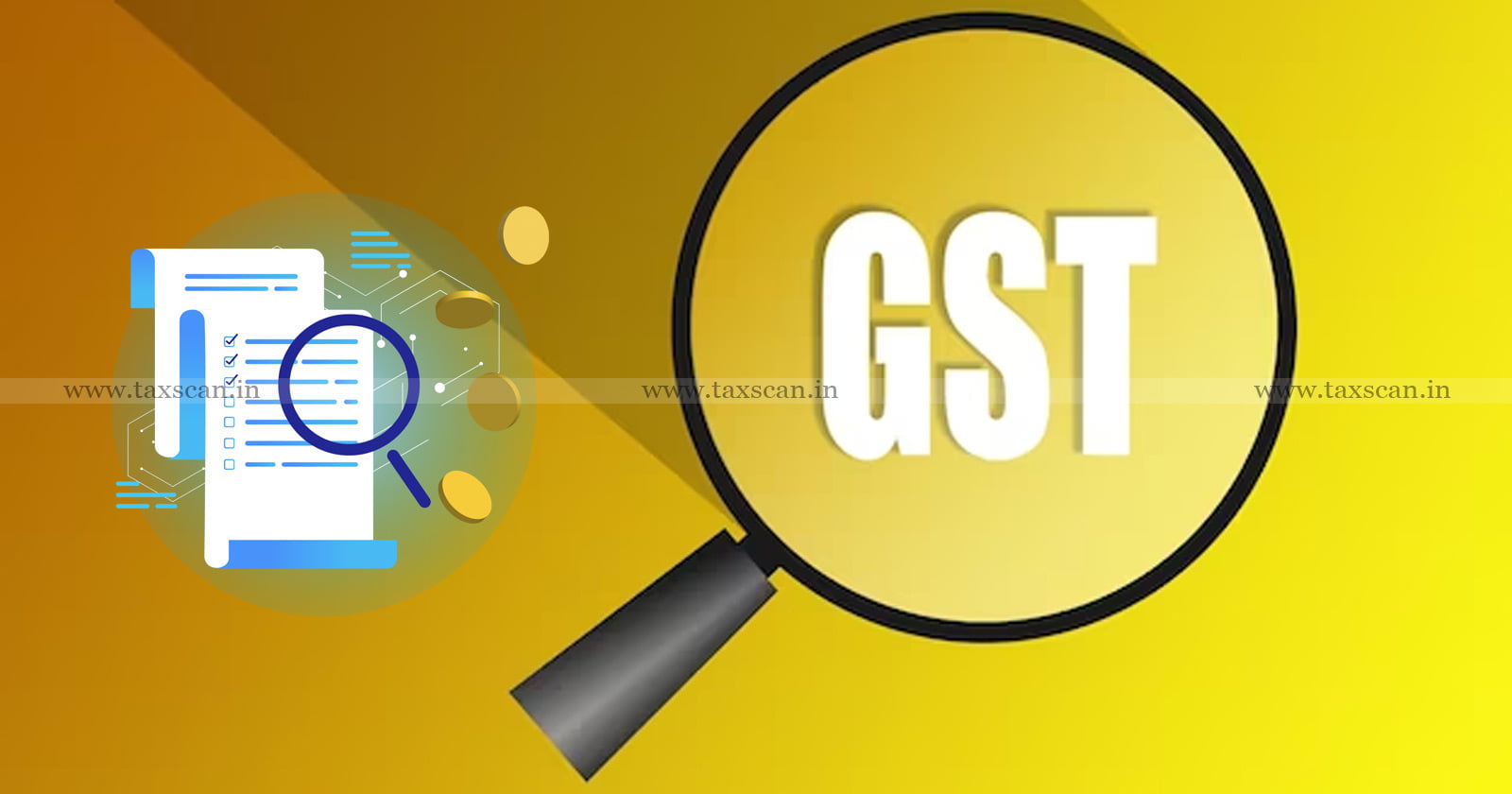GST Checklist for the End of Financial Year 2022-2023

Reconciliations
Comparing the outward supplies recorded in books and the GST returns (Books, GSTR-1, and GSTR-3B) can help identify if any changes need to be made to the GST returns. This comparison should include turnover and taxes.
Conducting a reconciliation between the rates recorded in books and the rates reported in GSTR-1 (including tax ledgers) and 3B for reverse charge mechanism (RCM) can help identify discrepancies.
Comparing the balance of credit and cash in the GST portal to the balance recorded in the books can reveal monthly entry errors, missed out or excess claimed input tax credit (ITC), or other discrepancies.
Comparing GSTR-2B and the ITC register in the books, on an invoice-level basis, can help track eligible and ineligible ITC and reconcile it to the ITC disclosed in GSTR-3B for the fiscal year. This analysis should also track spill-over transactions.
Verifying if the reverse charge mechanism (RCM) paid matches the RCM ITC claimed (excluding ineligible ITC) can help identify any discrepancies.
Comparing the consolidated HSN value recorded in GSTR-1 with the value recorded in the books (turnover and taxes) can reveal any discrepancies.
Reconciling the e-way bill with GSTR-1 can confirm if the e-way bill was required for the supply or not.
Conducting a comparison between the inventory recorded in books and the physical inventory can help assess if ITC reversal is required and identify accounting lapses or missed out ITC. These analyses will also be helpful while preparing Form GSTR 9 & 9C, which is due in December 2023.
Outward (liability)
Check if any GST debit note/credit note needs to be issued for any short or excess value charged or for any sales returns by the customer. The time limit for credit notes is October 31st. Verify the agreement clauses on discounts and the requirement to issue credit notes.
Ensure compliance with section 18(6) for the transfer or sale of Plant & Machinery (P&M). Consider a valuation check for related party transactions.
Review the tax utilisation entries recorded in the books of accounts compared to the electronic liability ledger.
Review the debtor's ageing report to assess the tax implication on customers, i.e. their input tax credit (ITC) may not be eligible until payment, and check for MSME non-compliance (useful for realisation).
Review and make amendments to GSTR-1 if necessary, such as changing the outward supplies from B2C to B2B or the type of tax. If credit needs to be passed on to customers, ensure it is done before the time limit. (A standard instruction can be issued that changes will not be accepted beyond the end of the financial year.)
Ensure tax liability against receipt of advances for services and adjust to derive unadjusted advances. (Recently clarified refund voucher in GSTR-1 Adv Adj).
Cross-charge distinct persons and related parties for the supply of common services.
Verify that CGST/SGST is paid instead of IGST, and vice versa. Understand if Section 77 (CGST Act) or Section 19 (IGST Act) would be applicable (no interest implication).
Check whether any income from other sources is liable or not liable under GST. Ensure that the tax position is clear (e.g., employee recoveries not payable, recently clarified; incentive vs. discounts; GST interest on delayed payment receipts).
Reconcile the e-invoices issued during the year with the tax invoices generated.
Use standard terms in contracts to avoid future disputes.
Consider that input tax credit (ITC) with respect to any credit notes issued would be considered reversed.
Inward (ITC)
Verify whether Input Tax Credit (ITC) has been reversed for entries related to inventory write-offs, asset write-offs, theft, samples, destruction, obsolete items, etc.
Check if ITC reversal is required under Rule 37 for non-payment within 180 days or reclaim of any ITC for supplies for which payment has been made. (Recently clarified in table 4B)
Verify the timing of availing credit, including receipt of goods/services, Section 16, credits under Reverse Charge Mechanism (RCM), credit on advances ineligible, etc.
Identify expenses and ITC not accounted for through GSTR 2B.
Account for credit where details are not reflected in GSTR 2B and consider deferred input accounts. Re-evaluate before October of the following year and consider charging the vendor and passing it off as expenses.
Consider the impact of annualised ITC reversal under Rule 42 for exempted as well as taxable supplies, including re-computation, with the exception of duty scrips.
Compute Rule 43 for capital goods as per the formula and analyse the impact if performed like Rule 42.
Verify the correctness of accounting treatment of capital assets before closing the books to optimise input tax credits. Consider the eligibility of Building Vs P&M, Motor Vehicles eligibility, civil works w.r.t P&M Vs other civil works – capex.
Check if any reversal is required against purchased goods rejected and returned or other credits to the expense ledgers and ensure the impact has been considered in GST returns.
Verify compliance with Input Service Distributor (ISD) provisions, and examine whether cross charge can be complied to ensure procedural lapse only.
Verify whether credit - CGST/SGST availed as IGST or vice-versa.
Check whether credit is availed in a different GSTIN of the same assessee (PAN).
Re-verify ITC masters and conditions used for classification to ensure eligibility of ITC.
Verify vendor credit notes reflected in GSTR 2B requiring reversal of Input tax credits (Recently clarified, such credit notes to auto-populate in 4.A.5 (net), tracking and verification is harder).
Periodically check for import of goods – Bill of Entry (BOE) Vs ICEGATE Vs GSTR 2B to ensure no missed-out items.
RCM
Verify the accounting treatment of transactions covered under reverse charge, and check for any system limitations in recording these transactions as direct expenses (e.g. freight subject to RCM).
Assess the liability for RCM on transactions with foreign associated enterprises, based on provision entries in the books.
Analyse various expenses to ensure compliance with GST provisions, including but not limited to: payments for freight and transportation (recently FCM @ 5% allowed), residential dwellings by commercial entities (not liable since 18.7.22, as per the 48th Council meet), legal expenses for advocates, security services (not applicable when the provider is a body corporate), renting of motor vehicles from non-body corporates (refer to sl. 15 in GST Circular 177/09/2022 for clarity), import of services (with or without consideration) (useful sources include Form 27Q and Form 15CA/CB), and sponsorship/advertisement/marketing fees and licences to various governments (by CG/SG/LA only, with various exemptions available in NN 12/2017-CTR).
Review GST compliance for expenses related to the real estate sector under Section 9(4) of the GST Act.
Note: Corrections, deletions, or modifications to GST returns for a given financial year can be made up until the latest deadline of 30th November 2023, which is the deadline for the October 2023 GST returns.
Others
Submit an application for the issuance or renewal of the Letter of Undertaking (LUT) for the fiscal year 2023-24.
To avail of the composition scheme for the financial year 2023-24, an individual must file Form CMP-02 on the common portal on or before March 31, 2023.
If a registered person has opted for the composition scheme for the fiscal year 22-23, they should file Form GSTR-4 on or before April 30, 2023.
The deadline to opt-in or opt-out of the QRMP scheme is April 30, 2023.
Export proceeds' e-BRC receipt should be verified within nine months (linked to FEMA). Failure to do so raises questions about the eligibility of "zero-rated supply."
File a refund application within the appropriate time limit, taking into account the Supreme Court's decision on the extension of the time limit.
Keep track of the status of goods sent on job work or approval and ensure that they are received within the specified time period (1+1 year inputs/3+2 years CG). If not received on time, the invoice must be raised accordingly.
Verify year-end accrual/provision entries for transactions with related parties and assess the GST implications, including the possibility of importing services.
It is mandatory to display the HSN 6 digit level in tax invoices from 01.04.2021 for turnovers exceeding Rs. 5 crore. Ensure that it is correct.
Obtain GST registration in other states where supplies are made, complying with the concept of fixed establishment, supply, and other requirements.
Interest at 18% p.a. must be paid on the utilisation of ITC, only for the applicable tax heads.
If tax is paid under protest (pre-notice/departmental visit) or ITC is reversed under protest, make sure to document the letter of protest.
Maintain a separate correspondence file for documentation of notices, letter covers, replies/responses (mail + RPAD), etc.
Keep data on inward, outward, RCM, EWB, and documents (tax invoice, e-inv, vouchers, etc.) for six years from the annual return due date of FY (e.g., for FY 22-23, six years from December 31, 2023)
Commence a new billing series for the financial year 2023-24 effective from 1st April 2023.
Starting from 1st April 2023, companies that have had an annual combined turnover of over Rs.10 crore in any financial year between 2017-18 and 2022-23 are required to generate e-invoices.
Adherence to GST compliance demands a greater level of focus and diligence, now than ever before. Taxpayers must ensure that not only they themselves comply with regulations, but that their vendors do as well.
Meeting these expectations necessitates the establishment of robust internal controls, the adoption of technology, the development of standard operating procedures for indirect taxation, and ongoing training and education for the GST compliance team.
Support our journalism by subscribing to TaxscanAdFree. Follow us on Telegram for quick updates.


